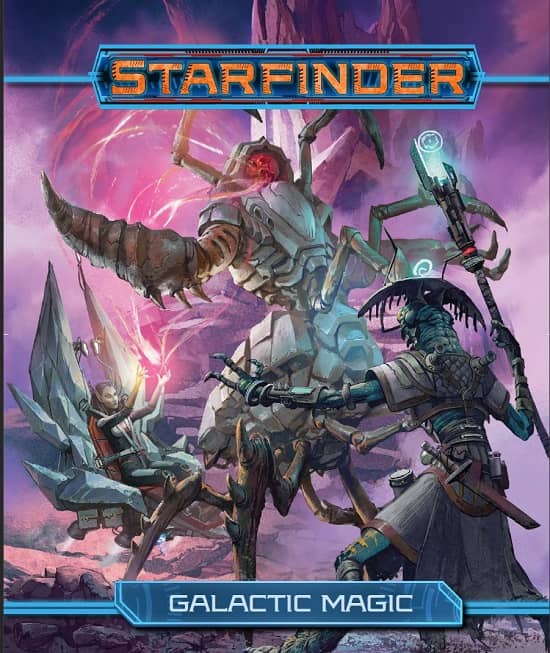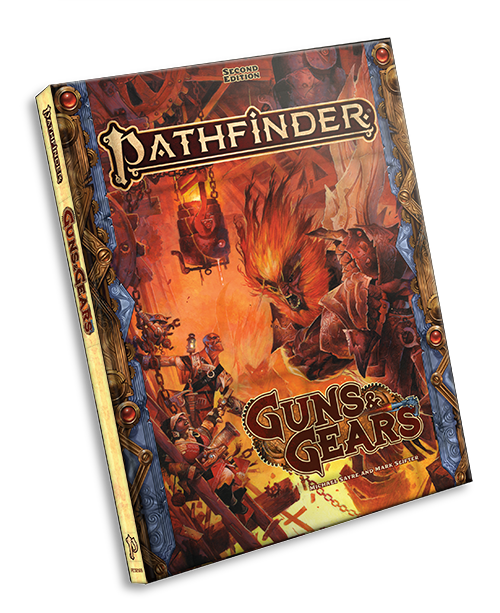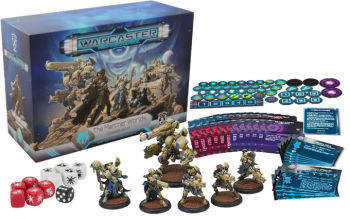More From Pathfinder’s Lost Omens Setting
 Since Pathfinder Second Edition is a complete revamp of the Pathfinder rules system, they have balanced supplement releases that focus on the rules with those that provide Second Edition expansions of their Lost Omens setting on the planet of Golarion. That setting has been explored in depth by Paizo for over a decade, in supplements for D&D 3.5 that predated the release of Pathfinder First Edition, so they have a large foundation to build upon with new setting material for Second Edition.
Since Pathfinder Second Edition is a complete revamp of the Pathfinder rules system, they have balanced supplement releases that focus on the rules with those that provide Second Edition expansions of their Lost Omens setting on the planet of Golarion. That setting has been explored in depth by Paizo for over a decade, in supplements for D&D 3.5 that predated the release of Pathfinder First Edition, so they have a large foundation to build upon with new setting material for Second Edition.
While some of those – like Lost Omens: Gods and Magic and the Lost Omens: World Guide – have had a lot of mechanics that can be incorporated into game play, their main focus is narrative, providing setting information that Gamemasters can use in planning out a story set in the world of Golarion. Their two most recent supplements in the Lost Omens line have focused a bit more on the narrative.
In Absalom: City of Lost Omens (Paizo, Amazon), the emphasis is on a single city. The “city at the center of the world,” Absalom is the largest, most cosmopolitan city in the entire Lost Omens setting. A variety of adventures and scenarios have been set there, including the entire Agents of Edgewatch (Paizo, Amazon) adventure path, so there’s no shortage of previous material for them to draw on in this 400-page tome about the city. …








